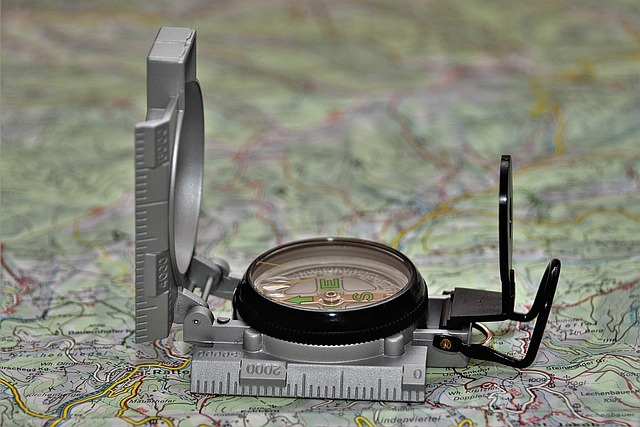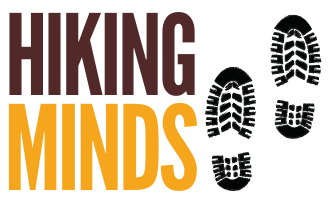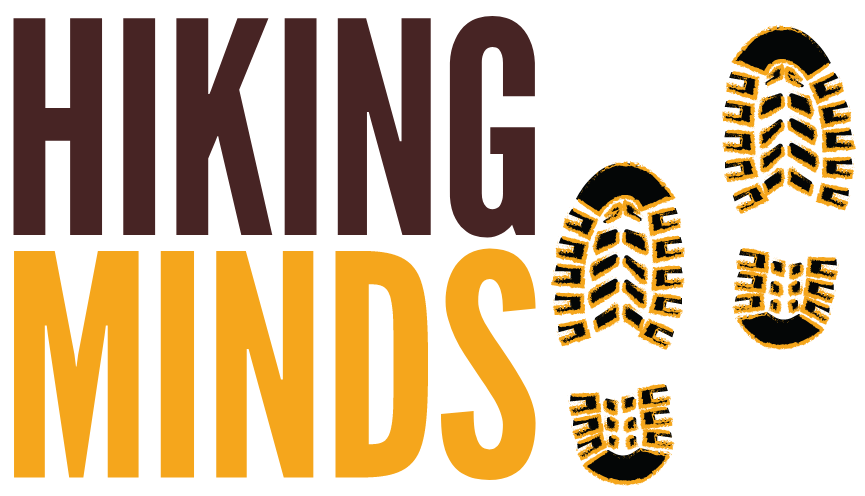Hiking GPS
Welcome to Hiking Minds, where we delve into the world of hiking and outdoor exploration. In today’s digital age, having a GPS (Global Positioning System) device has become an invaluable tool for hikers. In this section, we will explore the numerous benefits of using a GPS for your hiking adventures. A GPS provides accurate and real-time navigation, helping you stay on track, locate trails, and avoid getting lost in unfamiliar terrain. It enhances safety by allowing you to share your precise location with others and call for help if needed. Additionally, a GPS can track your progress, log your routes, and provide valuable data for analyzing your hiking performance. Join us as we uncover the many advantages of incorporating GPS technology into your hiking toolkit.

Hiking GPS criteria
Embarking on a hiking adventure is an exhilarating experience that allows us to reconnect with nature and push our physical limits. To enhance our safety, convenience, and overall hiking experience, incorporating a GPS (Global Positioning System) device into our gear arsenal has become increasingly popular. In this blog post, we will explore the numerous benefits of having a GPS for hiking and discuss the main factors to consider when choosing the right GPS device.
Benefits of Having a GPS for Hiking:
-
Accurate and Real-Time Navigation: One of the primary benefits of using a GPS device is the ability to access accurate and real-time navigation data. GPS devices utilize satellite signals to provide precise location information, ensuring you stay on track and avoid getting lost in unfamiliar terrain. With clear maps and waypoints, you can confidently navigate through forests, mountains, and challenging trails.
-
Enhanced Safety: Safety should always be a top priority when venturing into the wilderness. GPS devices offer invaluable safety features, such as the ability to share your precise location with others. This is particularly crucial during emergencies or when hiking in remote areas with limited cell phone coverage. Some GPS devices even include SOS features that allow you to call for help directly from the device.
-
Efficient Route Planning and Tracking: A GPS device allows you to plan your routes in advance, ensuring you make the most of your hiking time. You can mark waypoints, set up waypoints, and create custom routes based on your preferences. Furthermore, GPS devices enable you to track your progress, distance covered, elevation gained, and other vital statistics. This data not only provides valuable insights into your performance but also helps you monitor your hiking goals.
-
Offline Mapping: In areas with limited or no cell phone reception, a GPS device with offline mapping capabilities becomes a game-changer. These devices store maps locally, allowing you to access them even when you’re far away from civilization. This feature provides a reliable backup plan and ensures you can navigate accurately, regardless of your location.
-
Durability and Battery Life: When choosing a GPS device for hiking, durability and battery life are crucial factors to consider. Look for rugged devices that can withstand the elements and rough handling. Additionally, opt for GPS units with long battery life or consider carrying spare batteries or a portable charger to ensure uninterrupted usage during extended hikes.
Factors to Consider when Choosing a Hiking GPS:
-
Durability and Weather Resistance: Select a GPS device that is designed to withstand the rigours of outdoor activities. Look for rugged construction, water resistance, and shockproof features to ensure your device can withstand the elements.
-
Accuracy and Satellite Coverage: Check the accuracy and reliability of the GPS device’s satellite reception. Devices with a wide range of satellite coverage, such as GPS, GLONASS, or Galileo, are recommended for more accurate positioning, especially in challenging or obstructed terrains.
-
User-Friendly Interface: Choose a GPS device with an intuitive and user-friendly interface. Clear and easy-to-read screens, user-friendly menus, and simple navigation features will enhance your overall hiking experience.
-
Battery Life: Consider the battery life of the GPS device. Longer battery life ensures extended usage and reduces the need for frequent recharging or carrying extra batteries.
-
Additional Features: Explore additional features that may enhance your hiking experience, such as built-in compasses, barometers, altimeters, wireless connectivity for data transfer, and compatibility with external sensors.
Conclusion: Incorporating a GPS device into your hiking gear can greatly enhance your outdoor adventures. From accurate navigation to enhanced safety features, and efficient route planning to offline mapping capabilities, the benefits are undeniable. When selecting a GPS device, prioritize factors like durability, accuracy

Top 3 GPS for hiking
Here are three highly regarded hiking GPS devices:
-
Garmin GPSMAP 66i: The Garmin GPSMAP 66i is a robust and feature-rich GPS device designed specifically for outdoor enthusiasts. It offers a large colour display, reliable satellite reception (GPS, GLONASS, Galileo), and a variety of navigation features. It includes preloaded topographic maps, supports BirdsEye Satellite Imagery, and has an extended battery life. The device also features two-way satellite communication, allowing you to send and receive messages, as well as access SOS capabilities in emergency situations.
-
Suunto Traverse Alpha: The Suunto Traverse Alpha is a popular GPS watch designed for outdoor activities, including hiking. It provides accurate GPS/GLONASS navigation, weather information, and features like a digital compass and barometric altimeter. The watch also offers hunting and fishing-specific features, such as a moon phase calendar and sunrise/sunset times. Its rugged construction and long battery life make it suitable for extended hikes or backpacking trips.
-
Garmin eTrex 32x: The Garmin eTrex 32x is a compact and affordable handheld GPS device with a range of features perfect for hiking. It has a sunlight-readable colour display, reliable GPS/GLONASS/Galileo satellite reception, and a highly sensitive receiver for accurate positioning even in challenging environments. The device supports paperless geocaching, offers preloaded topographic maps, and is water-resistant. With a long battery life, it is a reliable companion for day hikes or shorter multi-day trips.
It’s always recommended to research and read reviews to ensure you select the GPS device that best suits your specific needs and preferences.
Backpacks FAQs
Q: Is using my phone as a GPS for hiking good idea?
A: Using your mobile phone as a GPS for hiking can be a convenient option. It offers familiarity, as most people already own a smartphone with navigation apps installed. You can access a variety of mapping apps that provide detailed maps and real-time navigation. However, keep in mind that using your phone as a GPS can quickly drain the battery, so it’s essential to have a backup power source. Additionally, smartphones may not be as durable as dedicated GPS devices, so consider investing in a protective case. Lastly, reliance on cellular reception can be a limitation in remote areas, although some apps offer offline map functionality to mitigate this issue.
Q: Is having a hiking map as an alternative a good idea?
A: Yes, it is a good idea to have a physical map as a backup when using a GPS for hiking. While GPS devices and navigation apps are reliable, technical issues or battery depletion can occur. A physical map provides an additional layer of redundancy and ensures you have a reliable means of navigation. It also allows you to have a broader perspective of the surrounding area and aids in route planning. Having a map as a backup is a wise precaution that enhances safety and preparedness during your hiking adventures.
Trails
Nature
Forest
Mountain
Coastal
Urban
''The journey of a thousand miles begins with a single step.''

